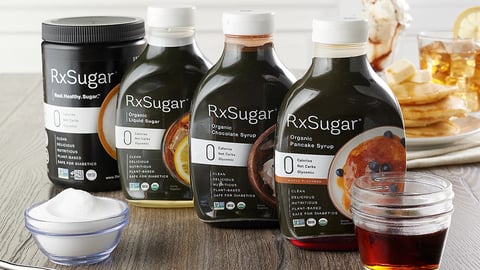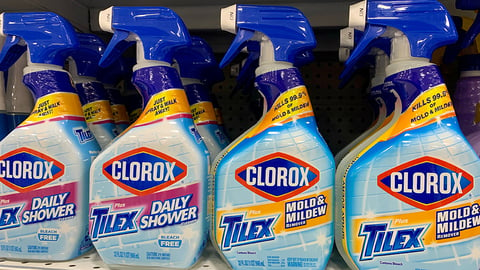How CBDistillery Is Taking On the Subscription Market
As the CBD market continues to grow — Grand View Research pegged the 2021 global market value at $3.5 billion with revenue expected to reach $13.4 billion in 2028 — one brand is leaning into subscriptions to more effectively meet consumers.
CBDistillery, a Colorado-based manufacturer founded in 2016 that distributes through thousands of retailers in the U.S., including Albertsons Companies, seeks to provide both high-quality, verifiable CBD products and category education to consumers. As part of this, its website offers a library of educational content while its products have QR codes consumers can scan to view third-party test results and regulatory requirement details.
As the company expanded, it was challenged by rising customer acquisition costs (CAC) and limited internal resources, so it partnered with Ordergroove in October 2020 to provide a subscription offering directly to consumers. Ellese Symons, CBDistillery VP of marketing, shared details with CGT about this partnership, as well as insight into both the burgeoning CBD and subscription markets.
CGT: How have business processes changed as a result of your partnership with Ordergroove?
Symons: We’ve streamlined our internal processes by offering customers new incentives with subscriptions and giving them more power over their orders. CAC for e-commerce has ballooned in the last several years so it was important to implement a subscription program that cultivated customer loyalty.
We accomplished this by offering valuable incentives, giving subscribers complete control over their orders, and enabling customers to add additional items to their orders. We now offer a generous 20% discount and free shipping on every subscription order, plus 25% off every third order.
[See also: Getting Direct-to-Consumer Right]
To encourage subscribers to stay with us, they can easily pause, skip or modify the frequency of their subscription. Our team even conducts proactive outreach for lapsed customers to learn why they left and how we can improve our product offering. This strategy has been very successful for us, and our customers have really appreciated that personalized touch.
Previously, we also had trouble staying top of mind with our customers, requiring us to spend countless hours drafting and sending emails to shoppers to remind them to restock their supplements. By removing reorder friction, the team has more time to focus on acquisition and other essential tasks.
CGT: Which business functions have most benefited?
Symons: With CAC up across the industry, our subscription program has been critical in lowering those costs by reducing churn and retaining existing customers. In addition to lowering these costs, the program has freed up our internal resources.
We used to spend a lot of time trying to figure out how to keep our customers coming back through email, specially designed boxes, postcards and other methods. While these retention methods are still at the core of our business, since launching our subscription offering with Ordergroove, it’s been easier to retain shoppers and we’ve reallocated those retention efforts towards attracting new customers in a more strategic, low-cost way.
CGT: How are you measuring success?
Symons: After launching, CBDistillery’s subscription program grew rapidly. Overall, it has probably become the most substantial area of growth for our business, and it now makes up a very large portion of our e-commerce revenue today.
Since implementation, 18% of new site visitors sign up for a subscription and we have seen an 89% retention rate. In just 90 days, Ordergroove helped us meet our yearly subscription revenue goal.
Also, prior to implementing a subscription program, we saw an average of about 90-day customer return rate — three months between repeat customers’ orders. Now it’s down to 40 days.
CGT: What were some of the challenges you encountered?
Symons: I wasn't expecting customers to cancel because they had too much product. But we found that if customers weren’t using their products consistently and became overstocked, they might cancel and we’d risk losing them forever.
To combat this, we made sure to educate customers about how to change the cadence and quantity of future orders. Therefore, instead of canceling, they’re more likely to pause their subscriptions and adjust their cadence or quantity moving forward.
[See also: Making the Pivot to DTC]
Also, it’s not an easy process to add a subscription program to your website without external support. We needed the right partner to come in and hold our hand to not only get it launched, but to continue to explore new ways to grow the offering.
CGT: What best practices can you offer to consumer goods companies exploring subscriptions or looking to boost their loyalty capabilities?
Symons: With Ordergroove, the delightful and easy subscription process has made our relationships with shoppers even stronger. The program’s success in giving shoppers a reliable, customizable and rewarding experience has been extremely valuable for our business.
If a brand can achieve this, it is huge for establishing loyalty across the board for all customers, new and returning.





